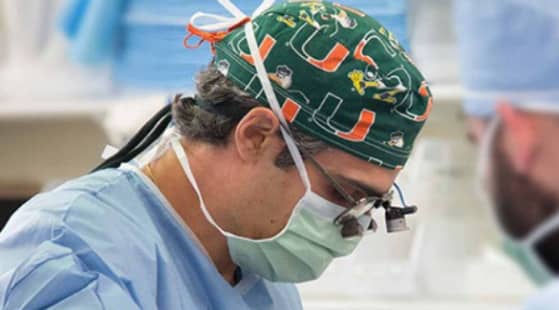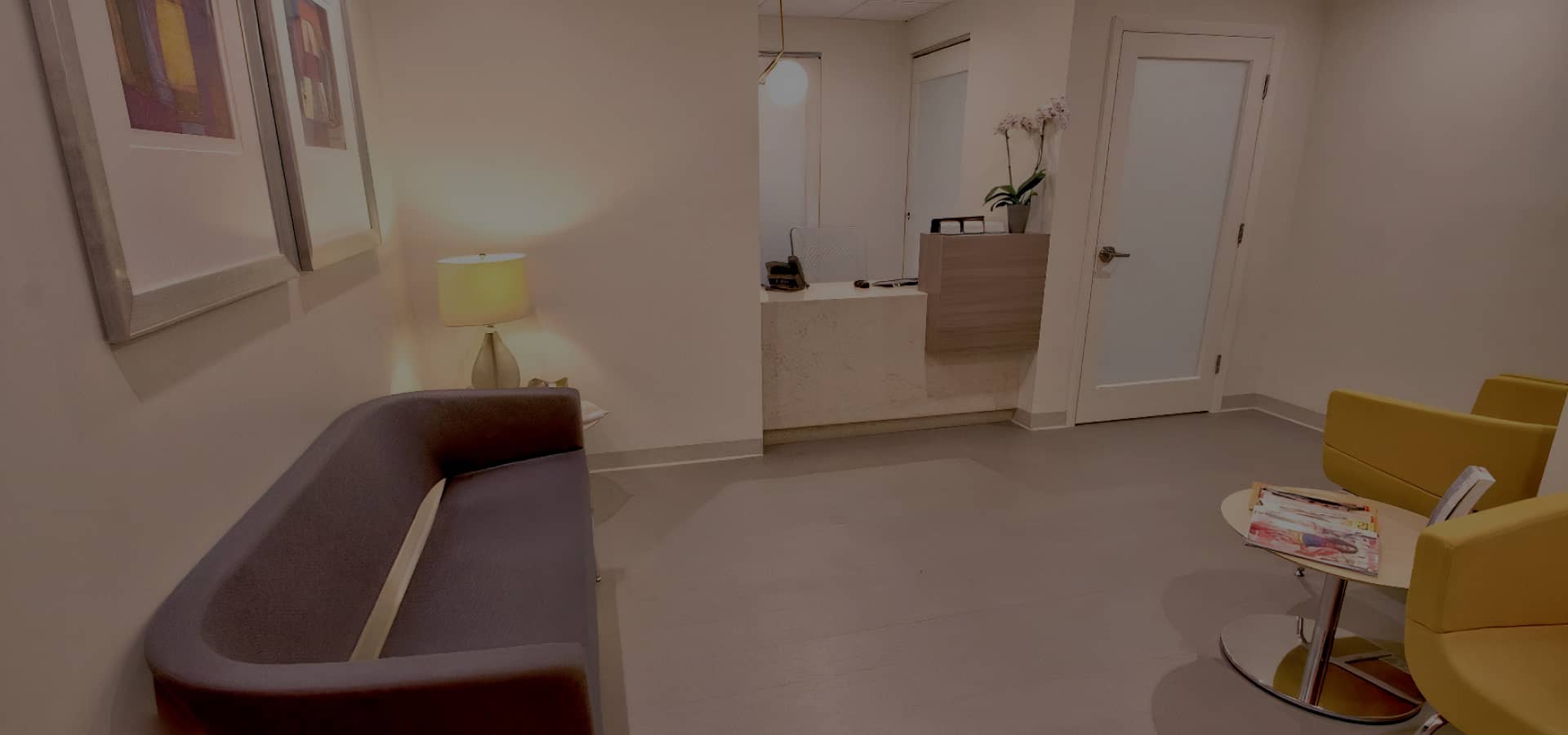Experience the Benefits of Tailored Hispanic Rhinoplasty
Hispanic Rhinoplasty isn’t just another nose job; it’s a celebration of your unique heritage and beauty. Tailored for the distinct characteristics of Hispanic or Latino descent, this procedure understands and embraces the nuances that make you, you. Dive into the profound benefits it brings to the forefront.
Personalized Approach
Tailored techniques that honor and accentuate your unique ethnic beauty.
Balanced Facial Harmony
Seamlessly integrate your nose with other facial features for a cohesive look.
Cultural Respect
Not just a nose job, but a procedure that deeply respects and understands Hispanic lineage and aesthetics.
Professional affiliations & contributions
The Hispanic/Latino Nose
Being of Hispanic descent himself, Dr. Bared understands that there is a multitude of different nasal types within the Hispanic population, depending on the individual’s background and country of origin. In some cases, Hispanic noses resemble the Caucasian nose in anatomy and skin thickness. These patients may tend to have longer nasal bones, adequate septal cartilage, and thin nasal skin.
In other cases, Hispanic patients may have a more Mestizo-type nose, where the nasal bones may be shorter, the septal cartilage may be smaller, and the skin may be thicker. Each of these characteristics has to be considered to produce aesthetically pleasing results that adapt to the patient’s facial anatomy and cosmetic goals.
The term Hispanic is used to describe individuals of many Spanish and Latino backgrounds, including people from Central and South America, Mexico, Spain, Brazil, and the Caribbean. There’s usually a lot of diversity in terms of anatomical traits within people of Hispanic heritage, including a range of different skin types and nasal shapes. Generally, there are three main types of Hispanic noses:
Castilian Nose
Often found in people of Spanish descent, the Castilian nose has a high bridge and average tip projecting. Individuals seeking nose surgery for this type of nose usually benefit from dorsal alignments and tip refinements.
Mestizo Nose
This type features a mixture of Native-American and European characteristics and it’s the most predominant nasal type in the Hispanic/Latino population. Generally, patients with Mestizo noses seek a smaller and more defined profile.
Mexican American Nose
A combination of the Mestizo and Castilian nose, people who have predominantly Mexican American noses tend to have thicker skin with visible pores (sebaceous glands) and may have flared or wide nostrils, a shorter bridge, and a drooping tip.

Facial plastic surgeon, Dr. Anthony Bared, MD, FACS, describes his techniques for a female Hispanic patient who desired to decrease the projection of her tip and bridge from the profile while preserving very natural appearing results from the frontal view of the nose.
*Each patient is unique and individual results may vary.

What Can a Hispanic Rhinoplasty Do?
While every person seeking plastic surgery has different functional or aesthetic objectives, the goal of a Hispanic rhinoplasty is to modify the shape and size of the nostrils, bridge, nasal tip, and/or other structures to create harmony between the nose and the rest of the facial features. In some cases, rhinoplasty can also correct a deviated septum or weakened nostrils to improve breathing.
Other common requests of a Hispanic rhinoplasty include:
Dorsal alignment with Hispanic Nose Job
The dorsum or bridge of the nose of Hispanic patients varies according to the unique anatomical characteristic of each person and their specific Hispanic background. In some cases, the Hispanic patient may have a hump that needs to be reduced to align their profile. In other cases, the dorsum may need to be raised to provide proper alignment.
Although there is no exact formula for proper dorsal height, the dorsum of the nose should start at about the level of the eyelashes on the profile view. For some patients, this means reducing a visible nasal hump, while for others, this means elevating the dorsum itself. If the patient features a hump due to a rather poorly projected tip and a low radix (the area between the eyes known as the root of the nose), Dr. Bared may elect to raise the radix and the tip only to “reduce” the appearance of a hump.
Hispanic Nose Surgery Tip refinements
Dr. Bared takes a very systematic approach to nasal refinements. Although each specific case is different, he elects to not vary this systematic approach in surgery. Dr. Bared refines the nose from ‘top to bottom.’ He starts by aligning the nasal bones and the upper third of the nose. Then, he aligns the middle third of the nose called the middle vault. Only once these two areas have been aligned, he proceeds to make the necessary final tip refinements.
Tip refinement surgery has the most variability in all aspects of rhinoplasty. Adequate pre-operative assessment of the cartilages through the physical examination and proper photography gives Dr. Bared a generally good idea of what to expect in surgery and helps him develop an operative plan. But the final assessments, including the size, shape, and strength of the cartilages, are made continuously throughout the surgery.
After taking these assessments into consideration, Dr. Bared employs specialized techniques to help create the desired tip shape and refinements. For example, Hispanic patients with very weak tip cartilages may need adequate projection and grafting, while patients with very strong and large cartilages may need suturing and careful reduction of their cartilages.
In general, Dr. Bared employs a cartilage-sparing technique for tip refinement. In his thorough understanding of the nose, he makes reductions in very safe areas of the tip cartilages to help prevent long-term problems while providing for natural-appearing tip refinements.
Nostril reduction with Hispanic Nose Job
Some Hispanic patients are unhappy with the width of the base of their nose and the size of their nostrils. They come in with the traditional understanding that they need their nostril size reduced. Dr. Bared treads these waters very cautiously with his patients. He reserves actual nostril reduction surgery to only certain cases. And in cases where nostril reduction is actually advisable, most of the time a flare reduction may suffice over an actual base reduction.
A flare reduction involves small incisions hidden within the creases on the outside of the nostrils without entering into the nostrils. This has the effect of reducing the width of the base without reducing the size of the nostrils themselves. In an actual base reduction (traditionally referred to as Weir incisions), the incisions are actually carried into the nostrils, thus reducing the size of the nostrils.
On the occasions when Dr. Bared performs these incisions, he makes careful calculations using a caliper to help prevent asymmetries. These incisions are also beveled in such a manner so that when they heal, they don’t turn into depressed scars, which are each the telltale signs of a poorly executed nostril reduction.

Call today to schedule your consultation
The Hispanic Rhinoplasty Procedure
Nasal surgery is one of the most complicated plastic surgery procedures and allows very little room for error, which is why finding a skilled and talented surgeon that matches your aesthetic style is critical. A Hispanic rhinoplasty can involve any number of corrective procedures, such as sculpting or reshaping cartilages, making changes to the overlying skin, and resetting nasal bones.
Regarding the procedure itself, Dr. Bared usually performs Latino rhinoplasties using an external or “open” approach. This technique warrants the surgeon a full visualization of all nasal structures, allowing him to sculpt cartilages and bones in their original position to maintain their strength and natural appearance.
Click here to read more about Dr. Bared’s approach to nasal surgery.
Why Choose Dr. Anthony Bared

- Dr. Bared’s training was first in Otolaryngology at the University of Miami, followed by the awarding of a highly competitive fellowship by the American Academy of Facial Plastic and Reconstructive Surgery at the University of Illinois-Chicago.
- He is Double Board Certified by the American Board of Facial Plastic and Reconstructive Surgery and the American Board of Otolaryngology.
- Dr. Bared has numerous publications and has lectured at various nationwide scientific meetings.
- He also serves as a clinical voluntary Assistant Professor at the Florida International University, Herbert Wertheim College of Medicine.
- Dr. Bared is a recognized provider of the Foundation Aesthetic Hair Restoration Method. He uses his surgical skills and artistic instincts to offer advanced techniques that ensure natural and transformative results in beard, eyebrow, and hair transplants.
Hispanic Rhinoplasty Frequently Asked Questions
In general, a Hispanic rhinoplasty can cost anywhere from $5,000 to $15,000, depending on factors such as your geographical location, the skill and expertise of the surgeon you choose, anesthesia and operating room fees, and other expenses.
Rhinoplasty surgery can correct a broad spectrum of aesthetic and functional concerns, including the:
– Size
– Shape
– Angle
– Width
– Tip
– Bridge
– Projection
– Certain breathing problems
Yes and no. The nose is the central and most prominent feature of the face, which means that any changes will also alter your overall facial appearance. However, a skilled plastic surgeon will know how to work with your facial anatomy to enhance and compliment your attributes and create a harmonious profile.
Like any surgical procedure, rhinoplasty carries its own set of potential risks, including difficulty breathing, changes in skin sensation, scarring, septal perforation, and undesired results. The best way to reduce your risk for complications is to choose a board-certified plastic surgeon with extensive experience performing facial procedures.
Last modified by Dr. Anthony Bared




















